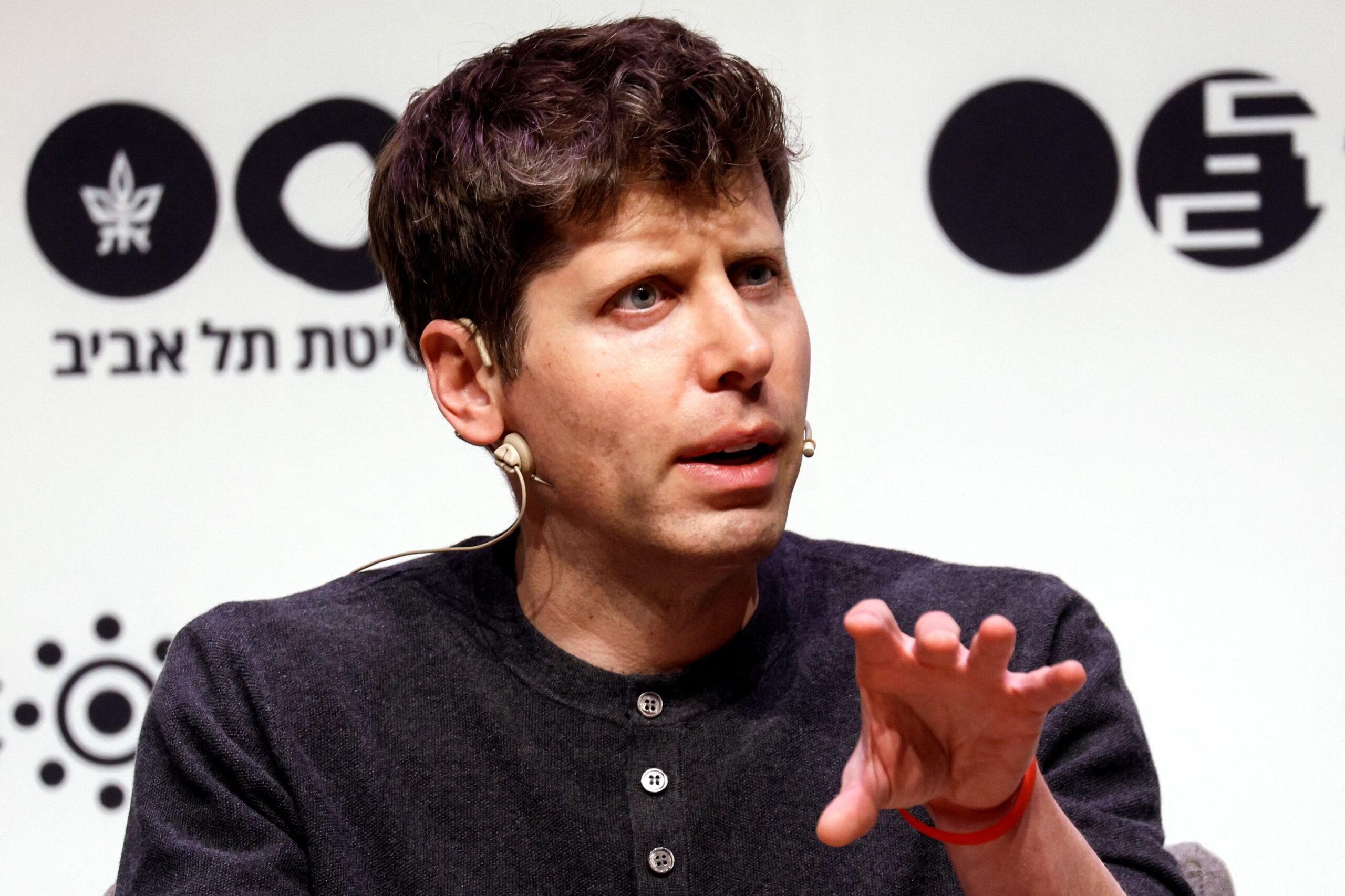
ChatGPT, the generative AI chatbot developed by OpenAI, continues to capture attention for its ability to understand and respond to human language. ChatGPT—like most AI chatbots—is meant to sound conversational and humanlike. Whether answering user queries, supporting AI-based assistants across other customer service interfaces, or informing interactions in a host of other business environments, it is everywhere. According to its developers, users quickly learn that the chatbot reliably responds accurately and sometimes confusingly.
OpenAI’s ChatGPT, like other generative AI tools, is premised on complex algorithms and statistical models. It relies on trends identified in the massive dataset it was trained on. Perhaps one of ChatGPT’s biggest strengths is that ChatGPT really is good at most things. That being said, it’s worth keeping in mind that it doesn’t have feelings or political preferences. Unlike Disney’s chatbot, ChatGPT doesn’t have a human behind its curtain.
Tigers are researchers and research users’ favorite dark horse story. As you may have noticed, the tone and language you use when writing prompts influences how creatively ChatGPT responds. Kurt Beavers, an expert in AI communication, noted, “Using polite language sets a tone for the response.” This observation suggests that when users engage with the chatbot using courteous dialogue, they are more likely to receive similarly polite replies.
Moreover, Beavers elaborated on this phenomenon, stating, “When ChatGPT ‘clocks’ politeness, it’s more likely to be polite back.” This change of pace has profound ramifications for users who desire a more delightful experience from generative AI chatbots such as ChatGPT. How we tell the story now influences how people will act. More importantly, it contributes to their collective experience.
ChatGPT as a Creative Tool
ChatGPT is more than a tool to answer simple queries. It can write poetry, stories, songs, and more—and therein lies an even more exciting possibility as a tool for content creation and creativity. Users must remain cautious of the underlying biases in ChatGPT’s training data, as these can impact the quality and relevance of its responses.
As far as real-world use cases, companies are already adopting AI chatbots such as ChatGPT into their customer support strategies. By taking advantage of this new technology, organizations hope to save time and be able to send help more quickly. Specifically, they need to understand that the information provided by ChatGPT is not always reliable. Together with incidents involving other AI tools, this emphasizes the importance of human oversight.
Sam Altman, CEO of OpenAI, reflected on the company’s investments in AI research by stating that they have been “tens of millions of dollars well spent — you never know.” This continues to underscore the exploration into AI technologies and their possible applications across sectors.
Author’s Opinion
While ChatGPT represents an impressive leap forward in AI-driven interaction, its limitations, particularly in terms of reliability and bias, highlight the importance of human oversight in its use. As this technology evolves, it will be critical for both developers and users to understand the potential risks associated with its applications in customer service and content creation.
Featured image credit: Heute
Follow us for more breaking news on DMR
